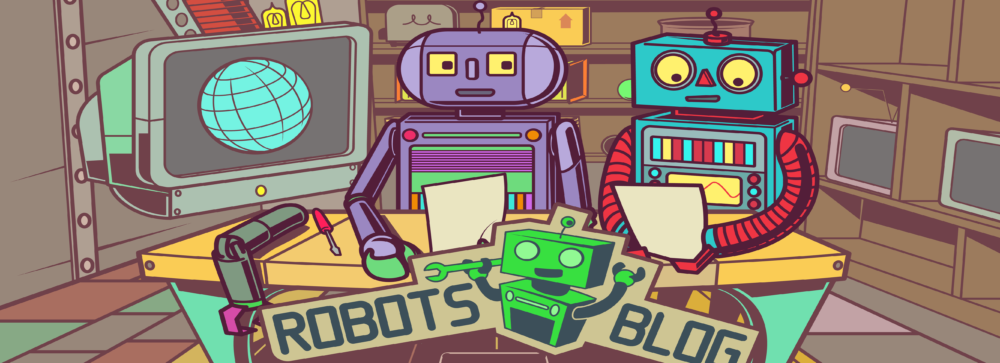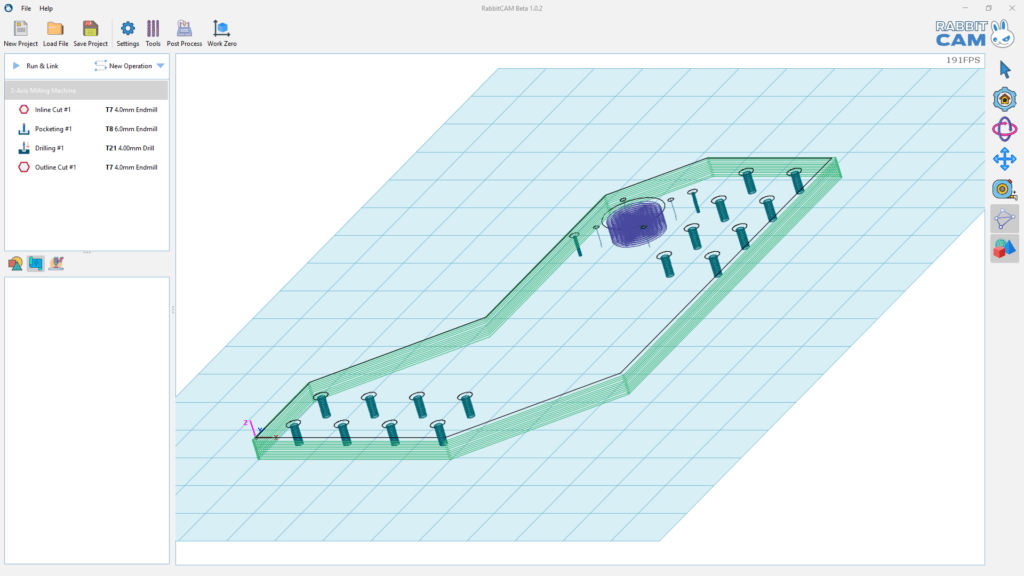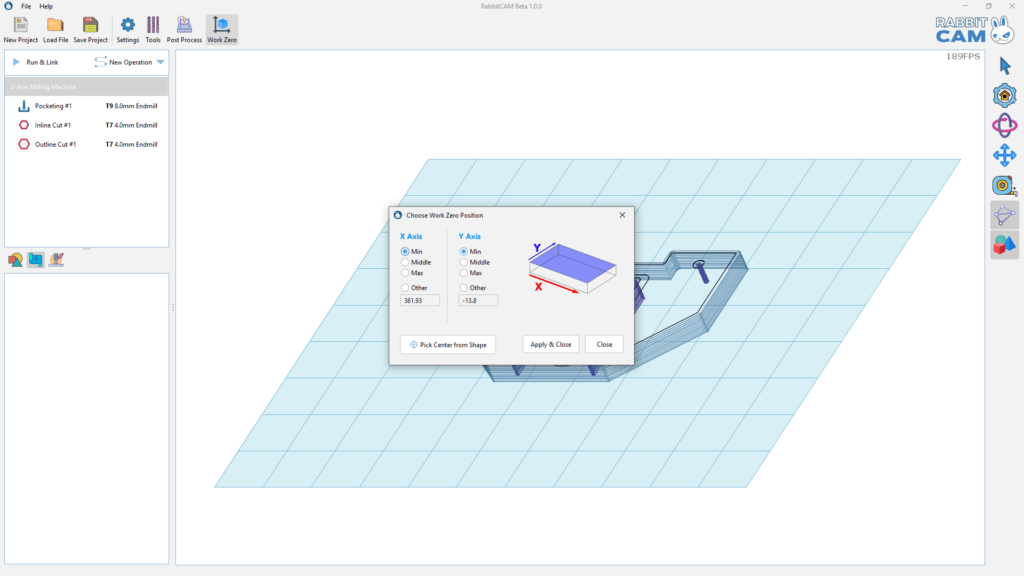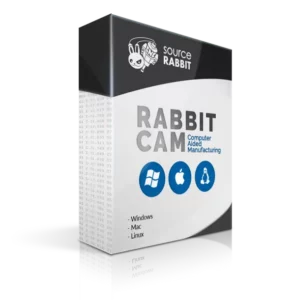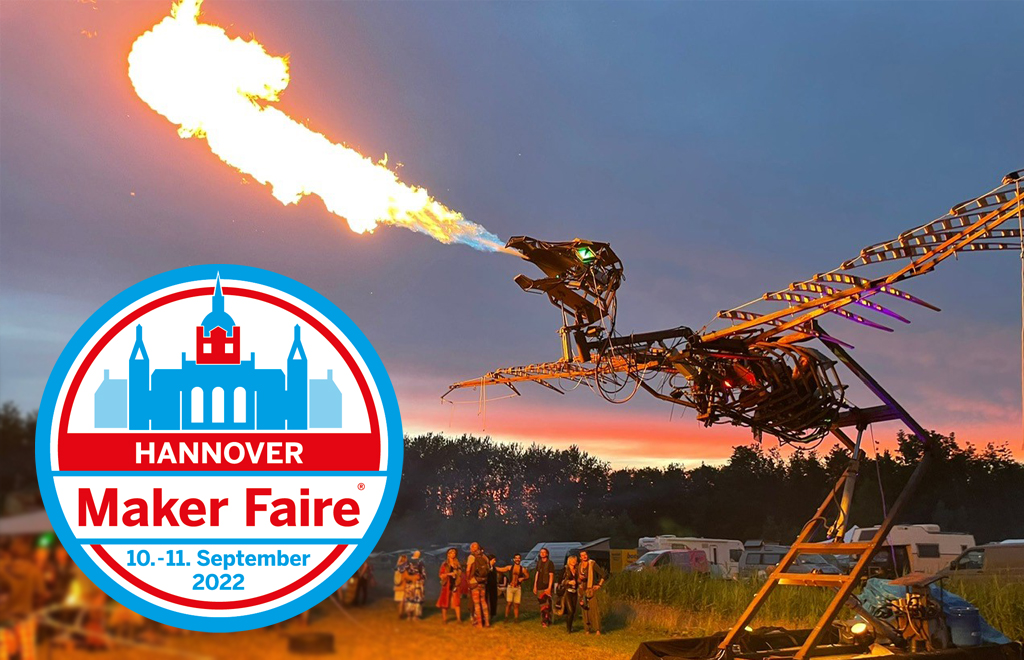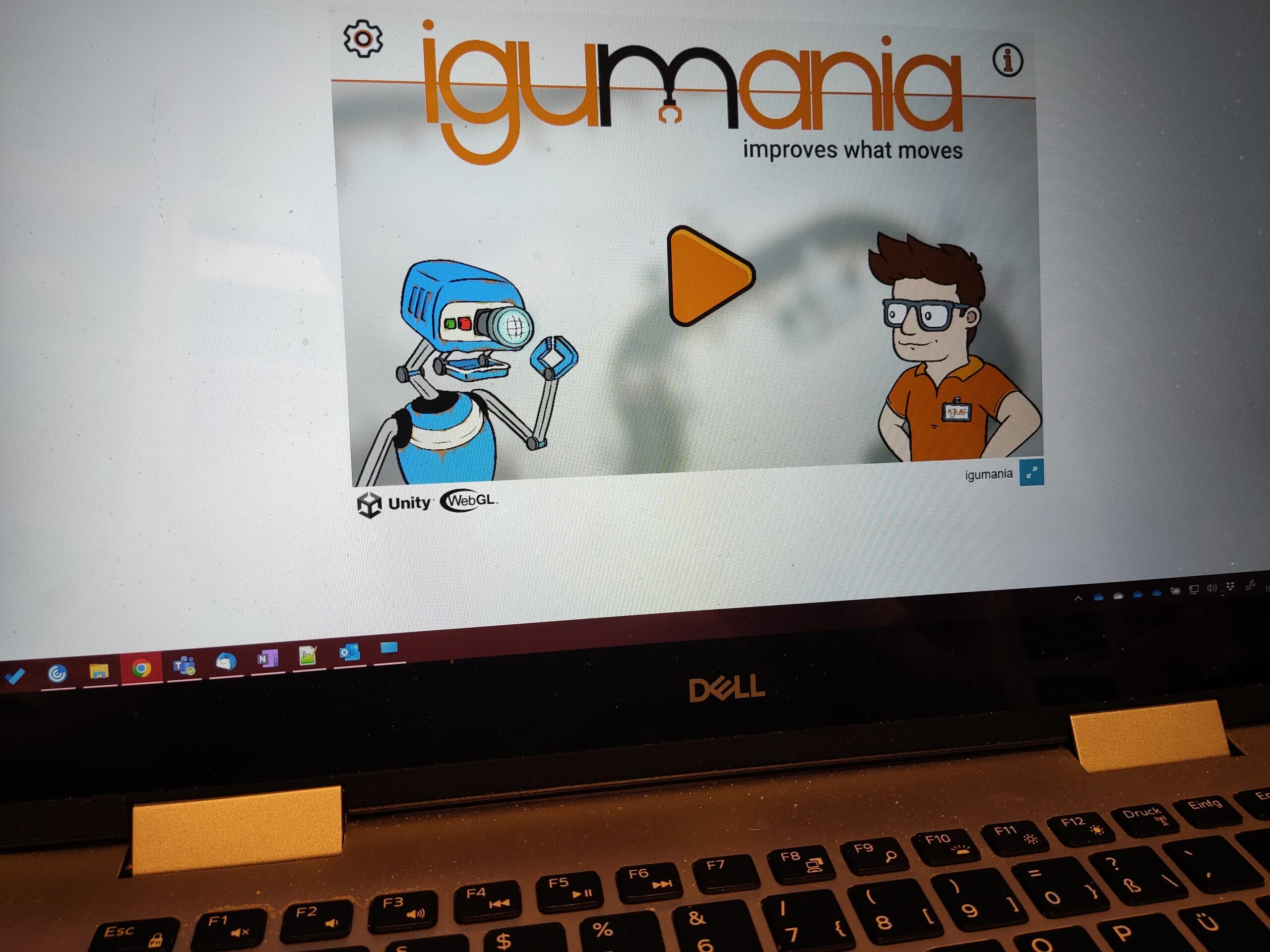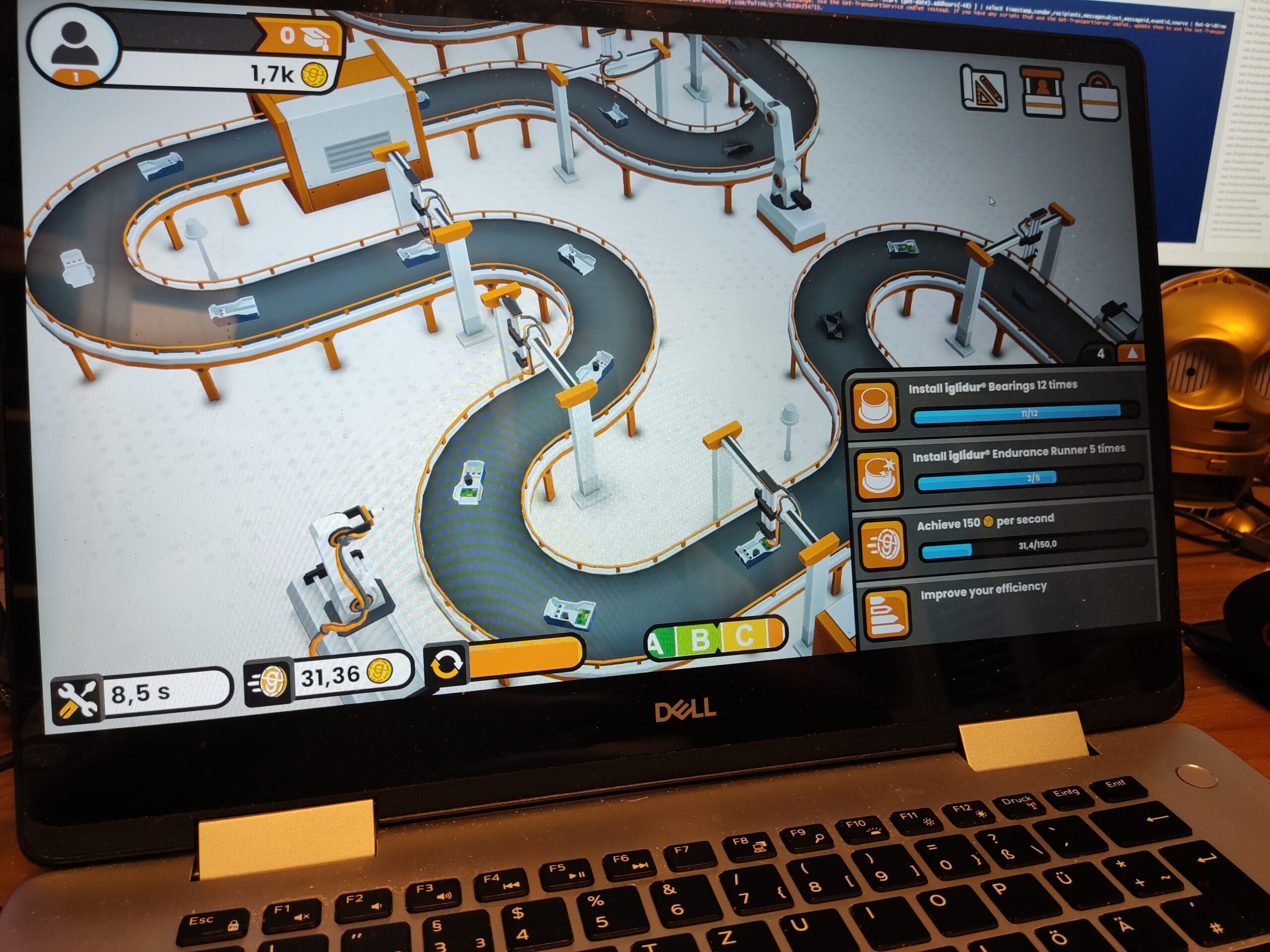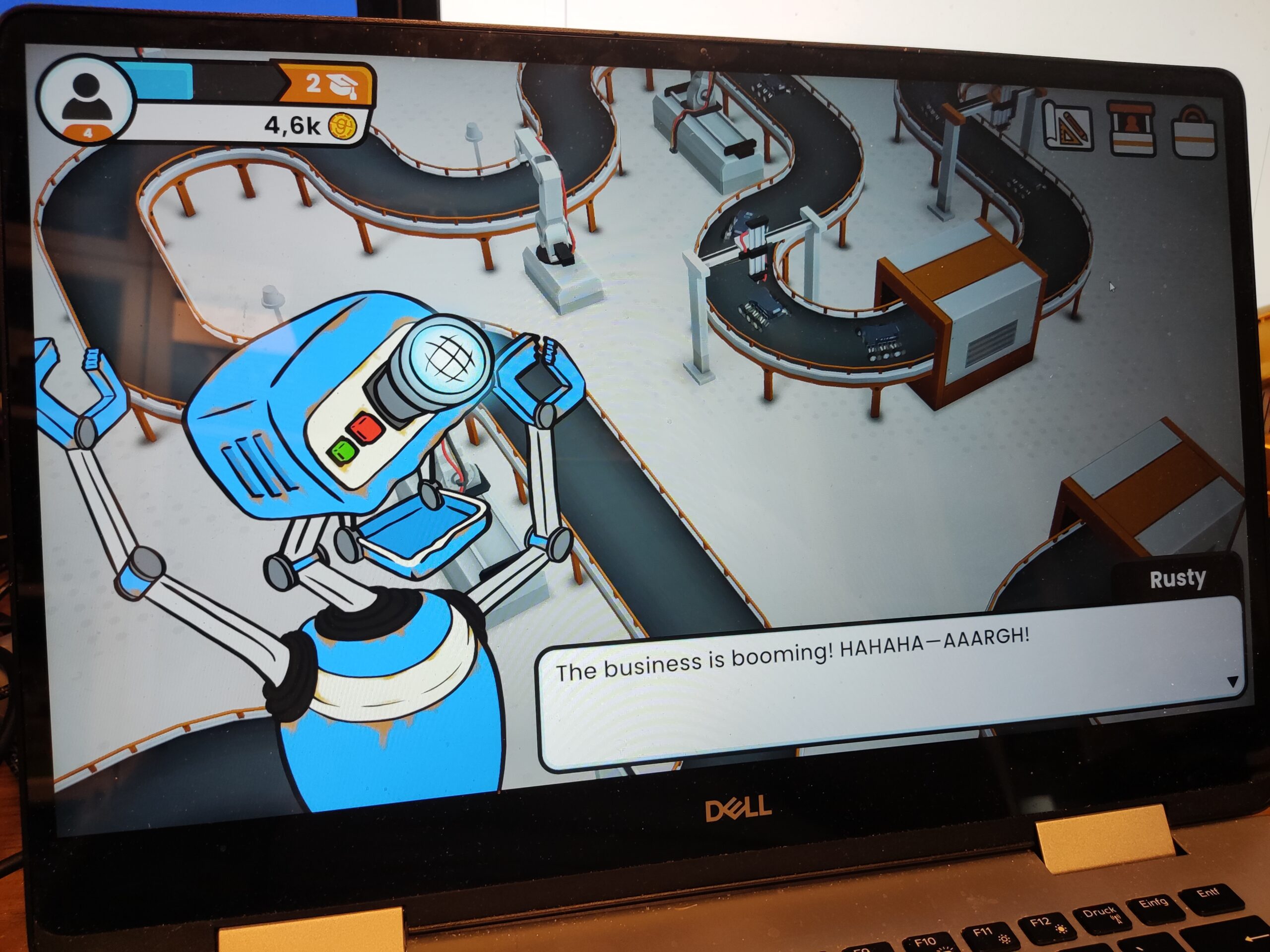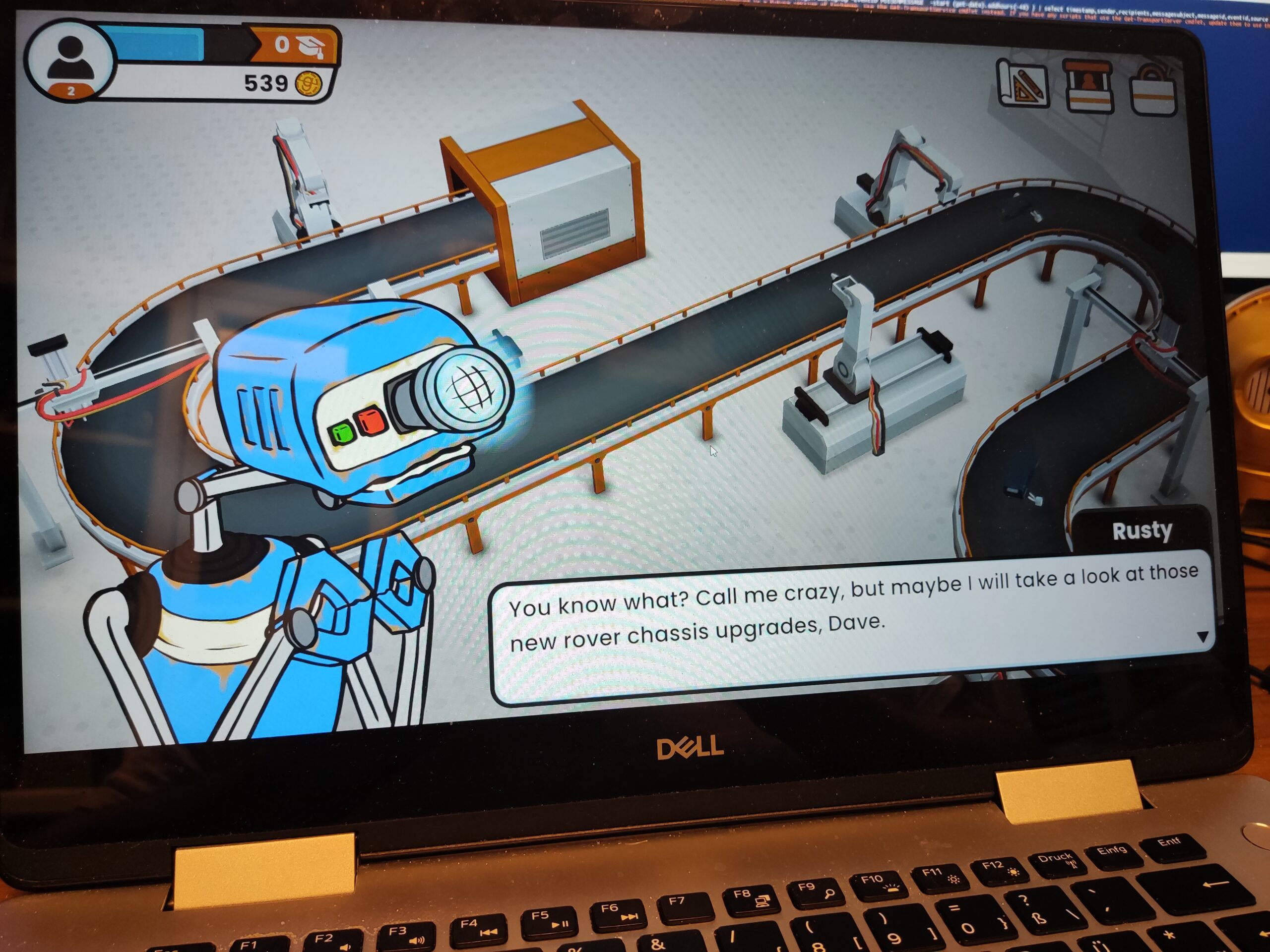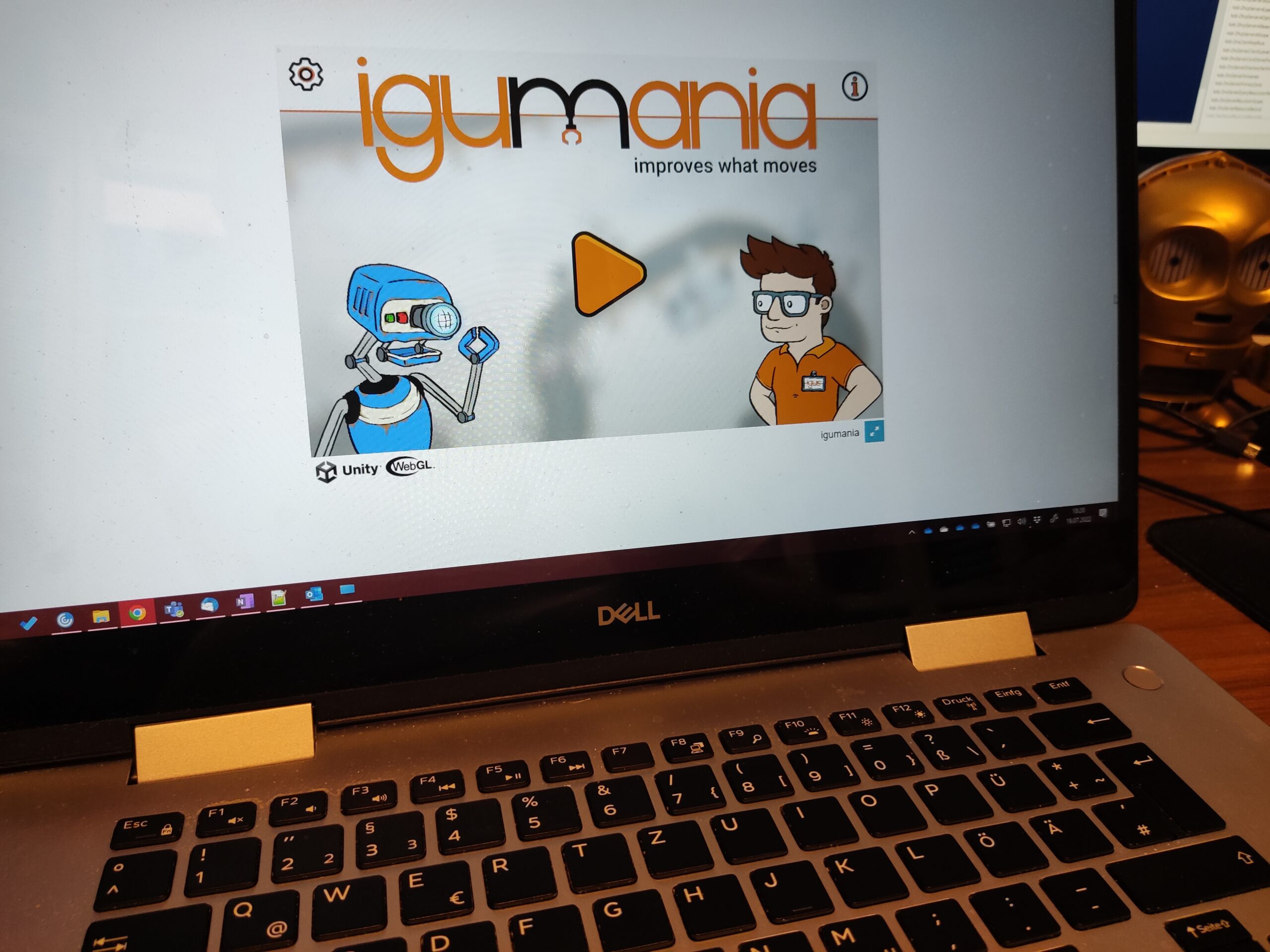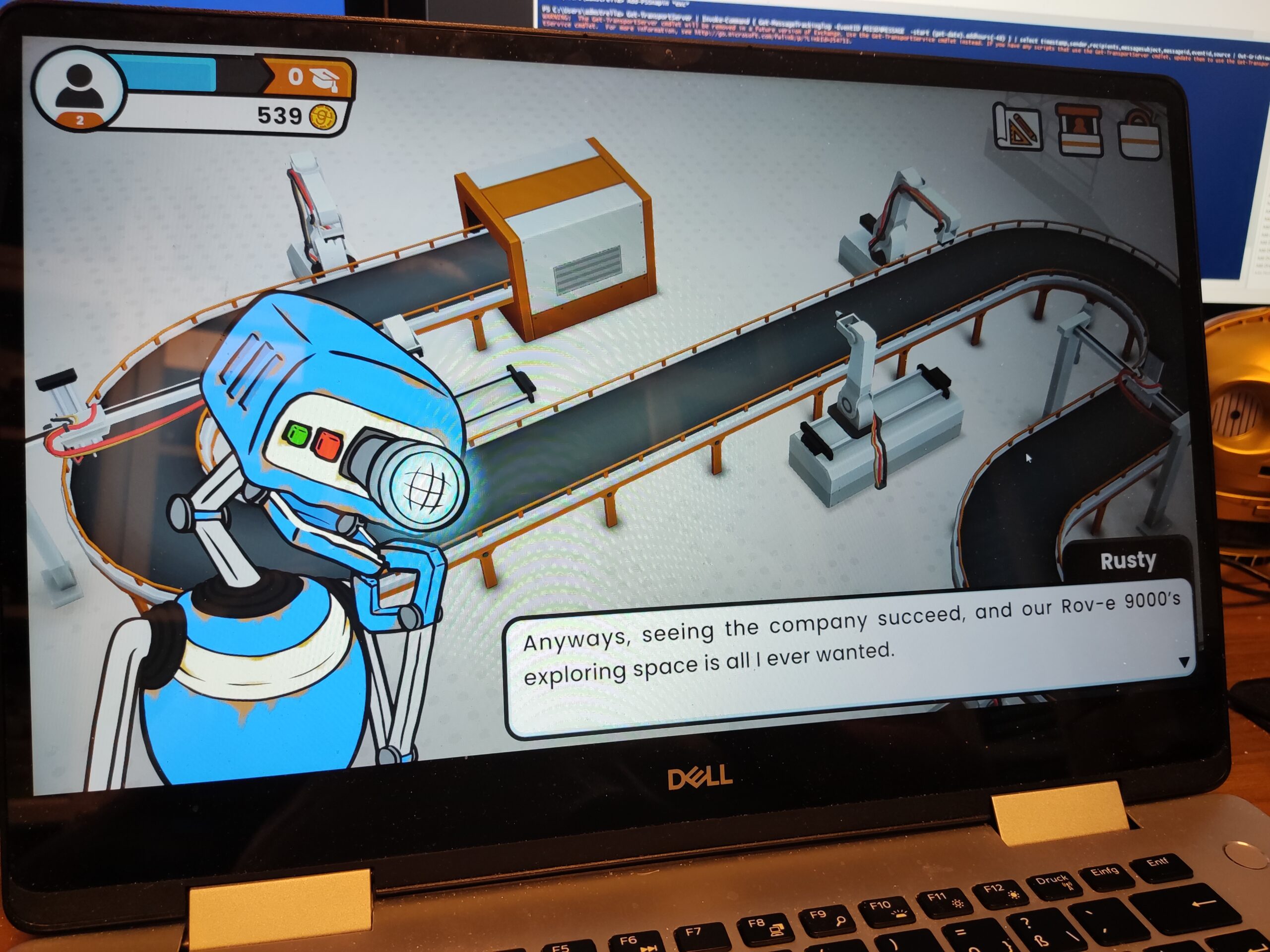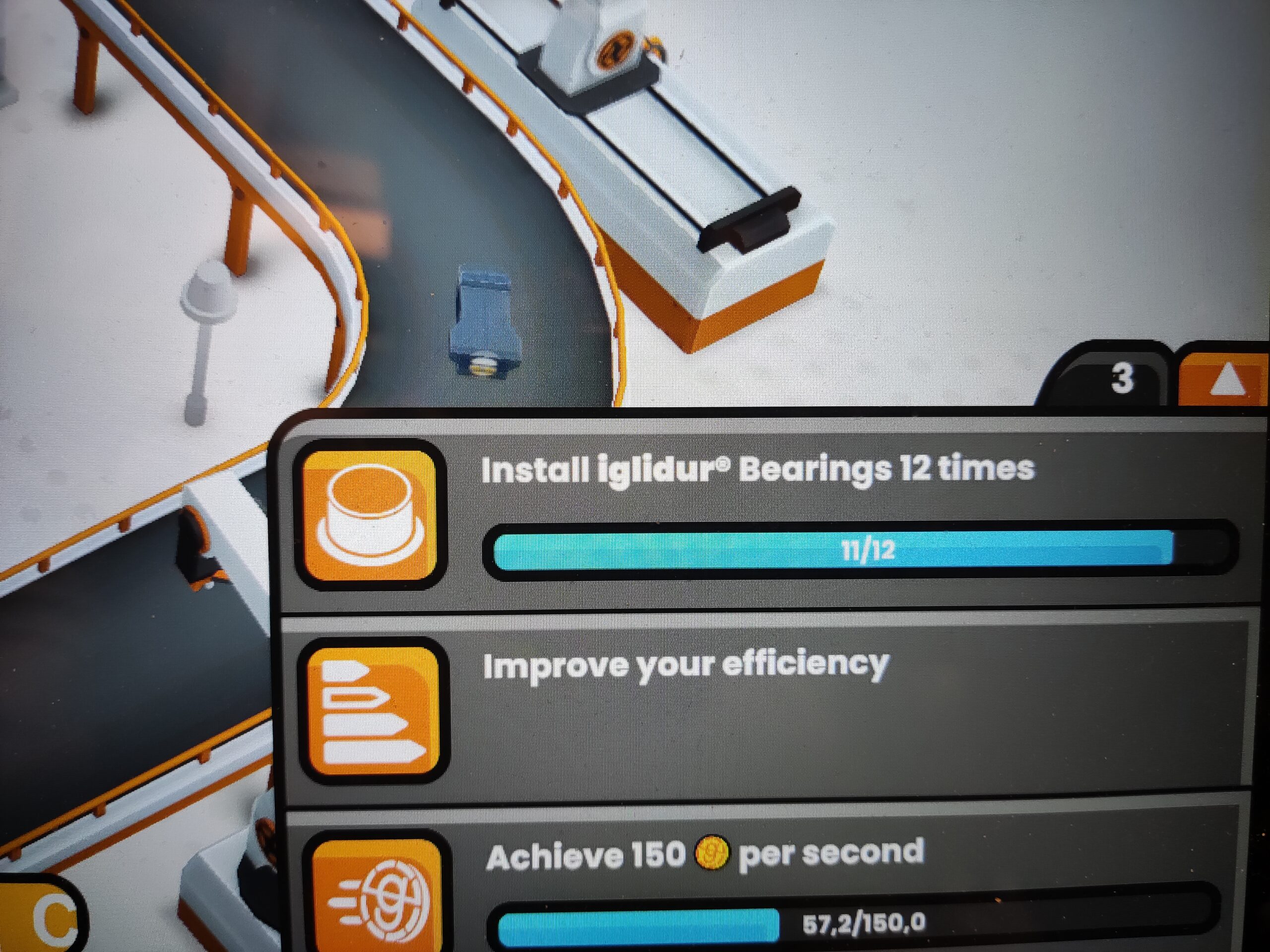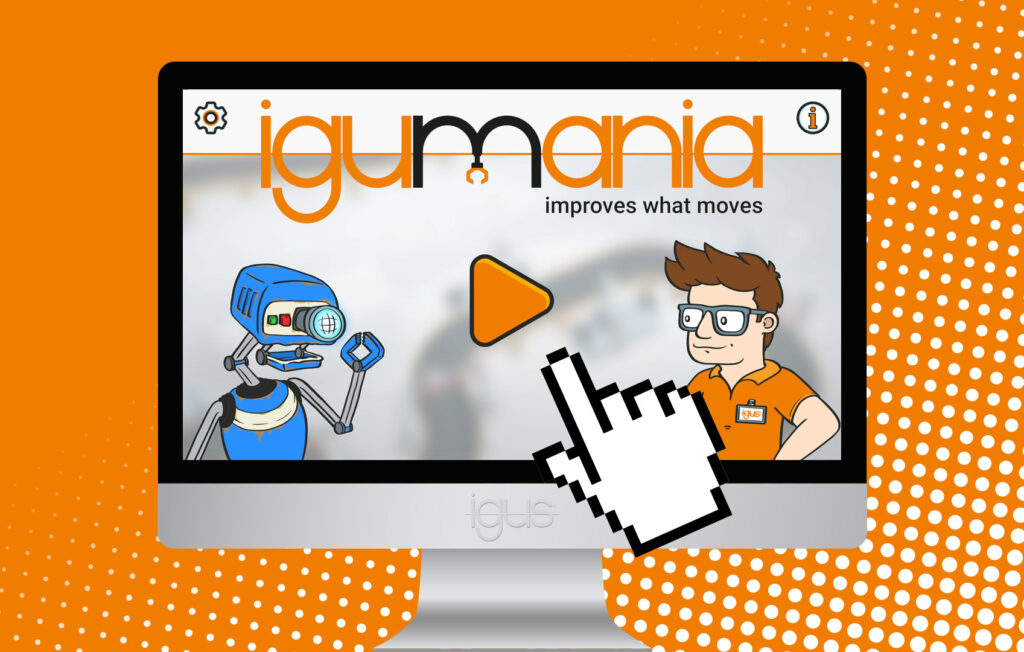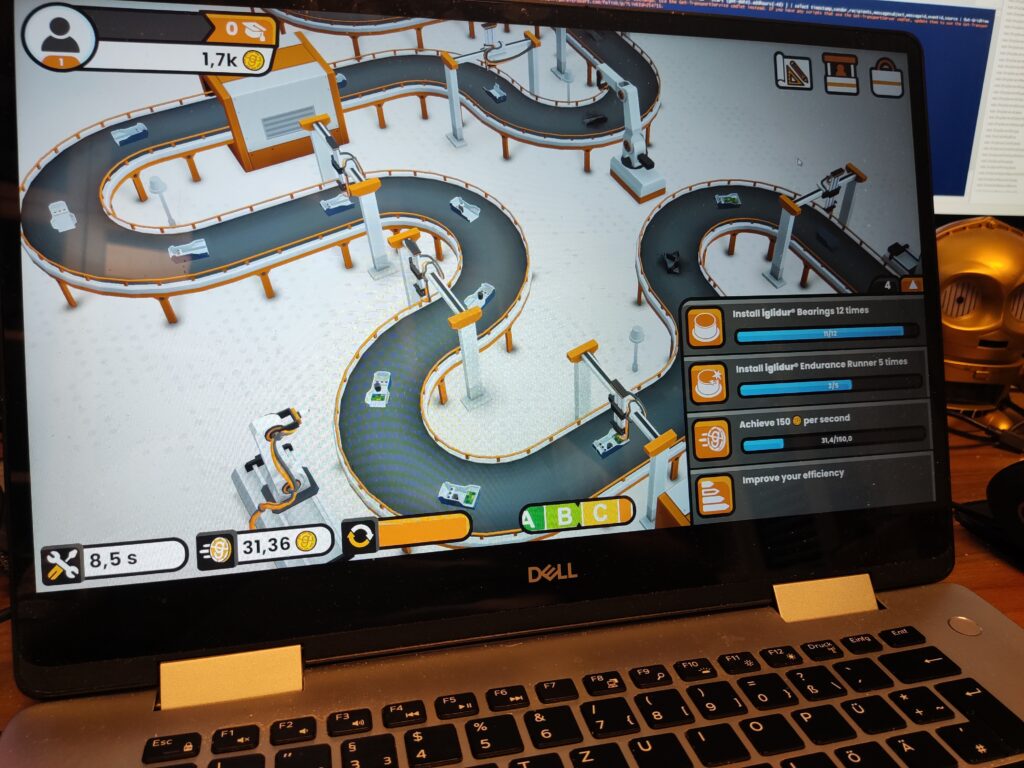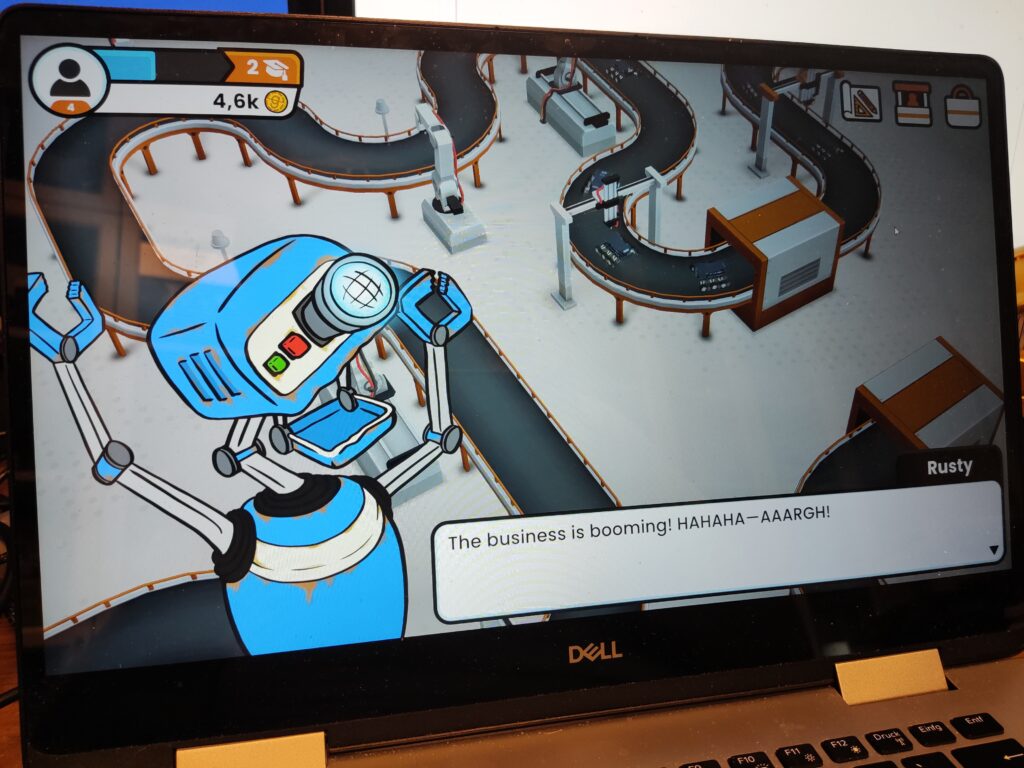Today, cameras are often more than just suppliers of images – they can recognise objects, generate results or trigger follow-up processes. Visitors to VISION Stuttgart, Germany, can find out about the possibilities offered by state-of-the-art camera technology at IDS booth 8C60. There, they will discover the next level of the all-in-one AI system IDS NXT. The company is not only expanding the machine learning methods to include anomaly detection, but is also developing a significantly faster hardware platform. IDS is also unveiling the next stage of development for its new uEye Warp10 cameras. By combining a fast 10GigE interface and TFL mount, large-format sensors with up to 45 MP can be integrated, opening up completely new applications. The trade fair innovations also include prototypes of the smallest IDS board-level camera and a new 3D camera model in the Ensenso product line.
IDS NXT: More than artificial intelligence
IDS NXT is a holistic system with a variety of workflows and tools for realising custom AI vision applications. The intelligent IDS NXT cameras can process tasks „on device” and deliver image processing results themselves. They can also trigger subsequent processes directly. The range of tasks is determined by apps that run on the cameras. Their functionality can therefore be changed at any time. This is supported by a cloud-based AI Vision Studio, with which users can not only train neural networks, but now also create vision apps. The system offers both beginners and professionals enormous scope for designing AI vision apps. At VISION, the company shows how artificial intelligence is redefining the performance spectrum of industrial cameras and gives an outlook on further developments in the hardware and software sector.
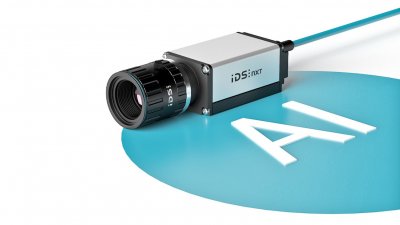
uEye Warp10: High speed for applications
With 10 times the transmission bandwidth of 1GigE cameras and about twice the speed of cameras with USB 3.0 interfaces, the recently launched uEye Warp10 camera family with 10GigE interface is the fastest in the IDS range. At VISION, the company is demonstrating that these models will not only set standards in terms of speed, but also resolution. Thanks to the TFL mount, it becomes possible to integrate much higher resolution sensors than before. This means that even detailed inspections with high clock rates and large amounts of data will be feasible over long cable distances. The industrial lens mount allows the cameras to fully utilise the potential of large format (larger than 1.1″) and high resolution sensors (up to 45 MP).
uEye XLS: Smallest board-level camera with cost-optimised design
IDS is presenting prototypes of an additional member of its low-cost portfolio at the fair. The name uEye XLS indicates that it is a small variant of the popular uEye XLE series. The models will be the smallest IDS board-level cameras in the range. They are aimed at users who, e.g. for embedded applications, require particularly low-cost, extremely compact cameras with and without lens holders in large quantities. They can look forward to Vision Standard-compliant project cameras with various global shutter sensors and trigger options.
Ensenso C: Powerful 3D camera for large-volume applications
3D camera technology is an indispensable component in many automation projects. Ensenso C is a new variant in the Ensenso 3D product line that scores with a long baseline and high resolution, while at the same time offering a cost-optimised design. Customers receive a fully integrated, pre-configured 3D camera system for large-volume applications that is quickly ready for use and provides even better 3D data thanks to RGB colour information. A prototype will be available le at the fair.
Learn more: https://en.ids-imaging.com/ueye-warp10.html
